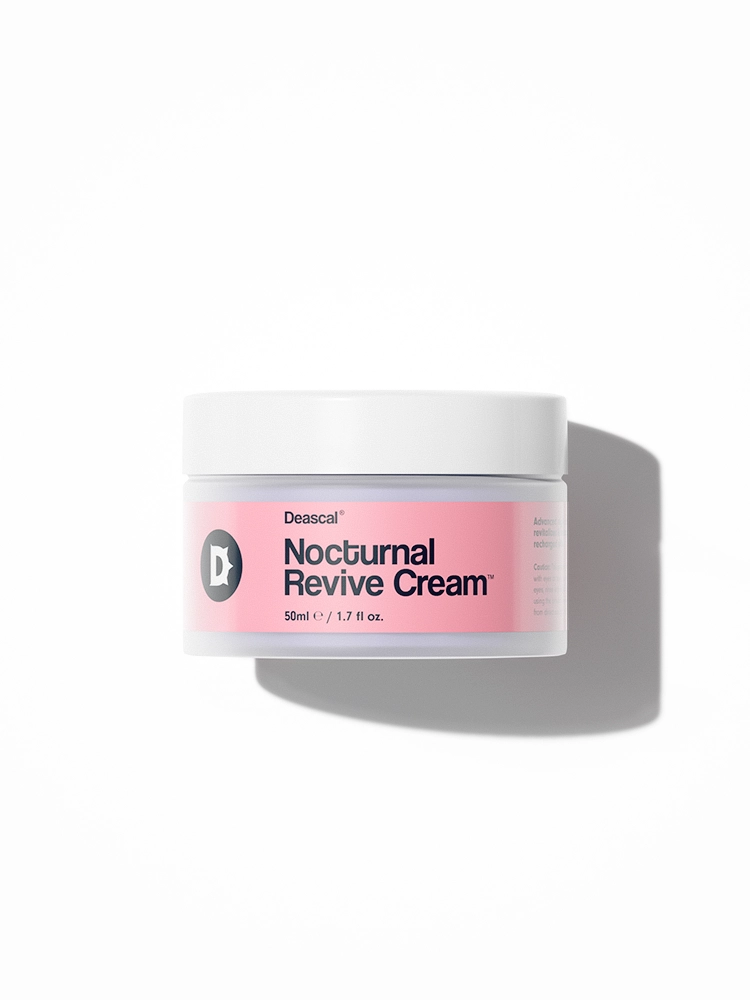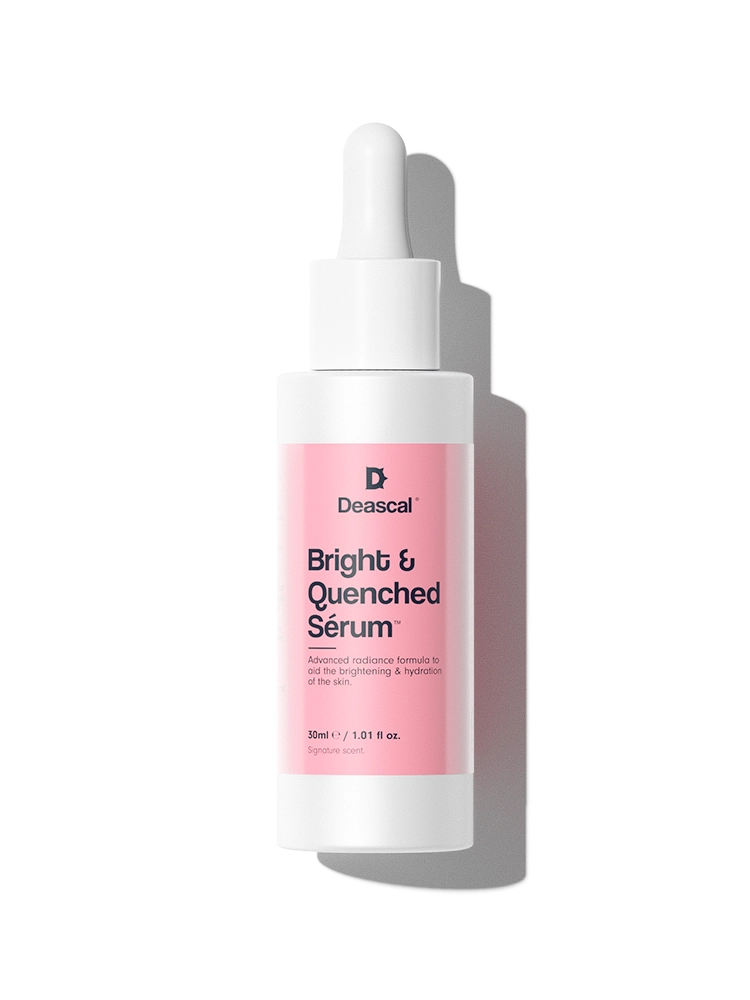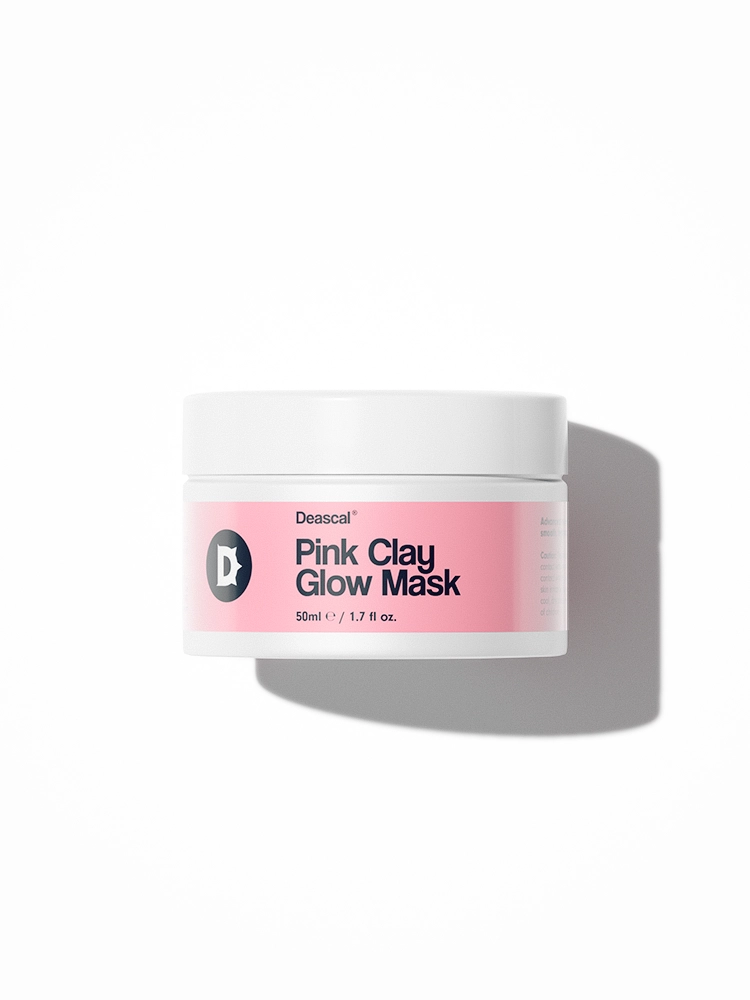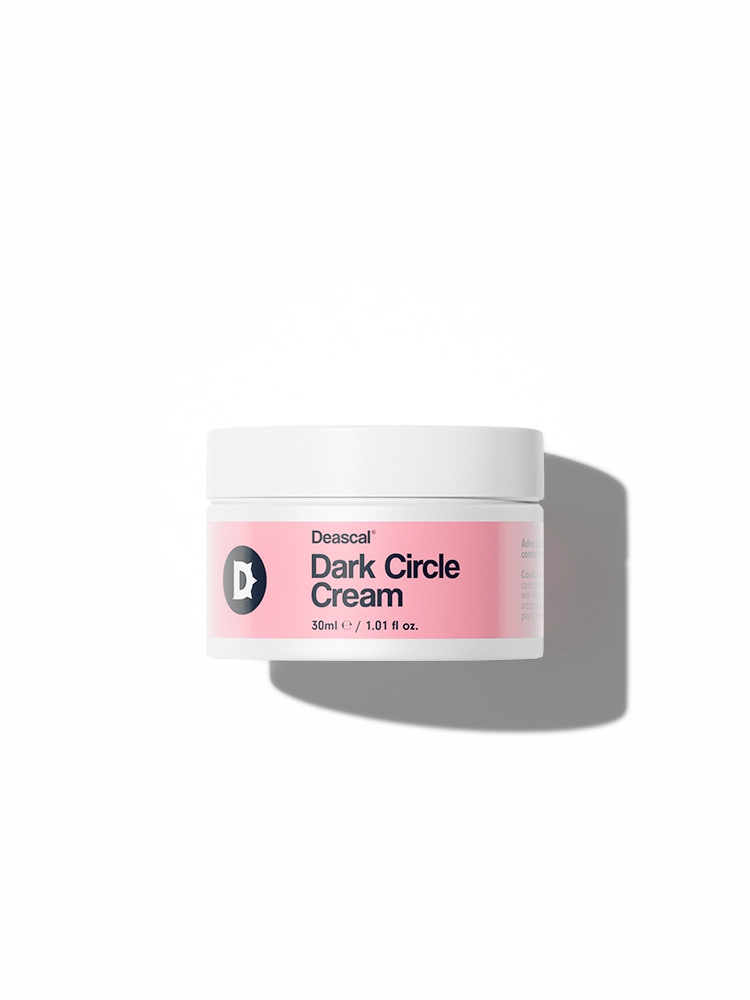What Is Polyglyceryl-6 Palmitate?
Polyglyceryl-6 Palmitate, also known as 1,2,3-Propanetriol, homopolymer, hexadecanoate, is a versatile ingredient commonly found in cosmetic products. It is derived from glycerol (a simple polyol compound) and palmitic acid (a saturated fatty acid).
The use of Polyglyceryl-6 Palmitate in cosmetics has a relatively recent history, emerging as a response to the growing demand for more natural and skin-friendly ingredients. As consumers became more conscious of the ingredients in their skincare and beauty products, manufacturers sought alternatives to traditional emulsifiers and emollients that could offer similar benefits without the potential for irritation or adverse reactions. Polyglyceryl-6 Palmitate fits this bill perfectly, thanks to its gentle nature and effective performance.
The production of Polyglyceryl-6 Palmitate involves a process called esterification, where glycerol is polymerized and then reacted with palmitic acid. This reaction results in a compound that can effectively blend oil and water, making it an excellent emulsifier. Additionally, its emollient properties help to soften and smooth the skin, enhancing the texture and feel of cosmetic formulations.
The Benefits/Uses of Polyglyceryl-6 Palmitate
In this section, we will delve into the officially recognized cosmetic benefits and uses of Polyglyceryl-6 Palmitate:
Emollient
Polyglyceryl-6 Palmitate acts as an emollient, which means it helps to soften and smooth the skin. When applied in cosmetic formulations, it forms a protective layer on the skin’s surface, which helps to lock in moisture and prevent dryness. This is particularly beneficial for individuals with dry or sensitive skin, as it can provide a soothing and hydrating effect, making the skin feel more comfortable and less prone to irritation.
Emulsifying Agent
Another key function of Polyglyceryl-6 Palmitate is its role as an emulsifying agent. In simple terms, it helps to blend water and oil-based ingredients together, creating a stable and uniform mixture. This is crucial in many cosmetic products like creams, lotions, and serums, where a consistent texture and appearance are important. By ensuring that the ingredients are well-mixed, Polyglyceryl-6 Palmitate helps to enhance the overall effectiveness and user experience of the product.
Note: the listed benefits above are exclusively based on the officially recognized and defined functions of the ingredient, as documented by the International Nomenclature of Cosmetic Ingredients (INCI).
Potential Side Effects & Other Considerations
Polyglyceryl-6 Palmitate is generally considered safe for use in cosmetic products. It is known for its emollient and emulsifying properties, which help to soften and smooth the skin while also stabilizing formulations. However, like any cosmetic ingredient, it may cause side effects in some individuals.
- Skin irritation
- Allergic reactions
- Redness
- Itching
Regarding individuals who are pregnant or breastfeeding, data and research on the topical usage of Polyglyceryl-6 Palmitate during pregnancy are lacking. Therefore, it is advisable for these individuals to consult a healthcare professional for further advice before using products containing this ingredient.
Adverse reactions to Polyglyceryl-6 Palmitate are relatively uncommon. However, as with any new skincare product, it is recommended to perform a patch test before widespread use to ensure there is no adverse reaction.
In terms of comedogenicity, Polyglyceryl-6 Palmitate has a rating of 1 on a scale of 0 to 5, where 0 is totally non-comedogenic and 5 is highly comedogenic. This low rating indicates that it is unlikely to clog pores, making it suitable for individuals prone to acne, blemishes, or breakouts.




